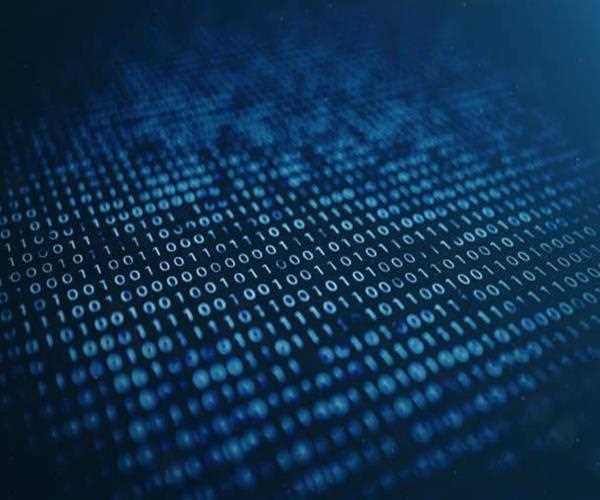Search here

29-Dec-2022 , Updated on 12/30/2022 3:19:01 AM
A Simple Understanding of Bits and Bytes
Technology has come a long way in recent years, and with it, our understanding of the inner workings of computers. If you're someone who wants to learn more about the basics of computing, learning about bits and bytes is a great place to start. But what exactly are bits and bytes? In this blog post, we'll discuss the fundamental concepts behind these two terms so that you can gain a better understanding of how computers work. By the end of this article, you should have a simple understanding of bits and bytes and how they relate to computer science.
What is a bit
A computer's smallest data unit is called a bit. It's a single digit in the binary system, either a 0 or 1. Eight bits make up a byte.
What is a byte
A byte is a group of eight bits, whereas a bit is a single unit of digital information. A byte is a unit of digital information. A bit is the smallest unit of information in a computer, and it can be either a 0 or a 1. A byte can represent any number from 0 to 255.
How many bits are in a byte
- A bit is the smallest unit of data in computer memory, which can store a single 0 or 1. A byte is eight times larger than a bit, and can store a string of eight 0s or 1s.
- In other words, bits are the building blocks of bytes. You need eight bits to make up a byte. That’s why when you see file sizes expressed in bytes, they’re always divisible by eight – because each byte is made up of eight bits.
How do bits and bytes relate to computer data storage
- Bits and bytes are the foundation of all computer data storage. A byte is a group of eight bits, whereas a bit is a single unit of digital information. Bytes are used to store information in computer memory and on disk drives. The relationship between bits and bytes is simple: one byte equals eight bits.
- When working with binary data, it is often useful to think of data in terms of bits and bytes. For example, when dealing with images, each pixel can be thought of as a bit. The more pixels there are in an image, the more bytes are required to store the image. In general, larger files require more storage than smaller files.
What are some common data storage measurements
- There are two common measurements for data storage: bits and bytes.The term 'byte' is short for 'by eight,' meaning that it consists of eight bits.
- Data storage is typically measured in terms of its capacity to store bits or bytes of information. The most common units of measurement for data storage are the kilobyte (KB), megabyte (MB), and gigabyte (GB).
- A KB is 1,000 bytes, an MB is 1 million bytes, and a GB is 1 billion bytes. These days, data storage capacities are typically measured in terms of gigabytes (GB). For example, the average hard drive on a laptop computer has a capacity of around 500 GB.
Conclusion
Hopefully this article has given you a basic understanding of bits and bytes. While the technical details may be more complex, having a broad overview of what these two terms mean is essential for anyone wanting to work in the technology field. With this knowledge in hand, you can more easily understand how computers process information, allowing you to make better decisions when designing programs or using hardware.

SEO and Content Writer
I am Drishan vig. I used to write blogs, articles, and stories in a way that entices the audience. I assure you that consistency, style, and tone must be met while writing the content. Working with the clients like bfc, varthana, ITC hotels, indusind, mumpa, mollydolly etc. has made me realized that writing content is not enough but doing seo is the first thing for it.
Join Our Newsletter
Subscribe to our newsletter to receive emails about new views posts, releases and updates.
Copyright 2010 - 2025 MindStick Software Pvt. Ltd. All Rights Reserved Privacy Policy | Terms & Conditions | Cookie Policy